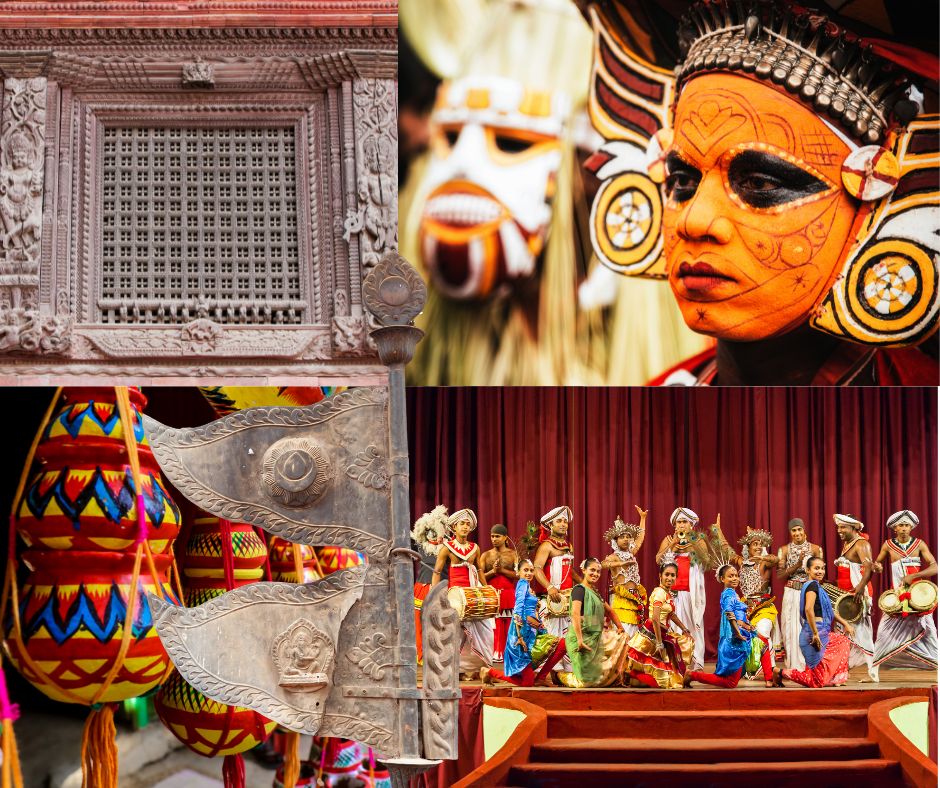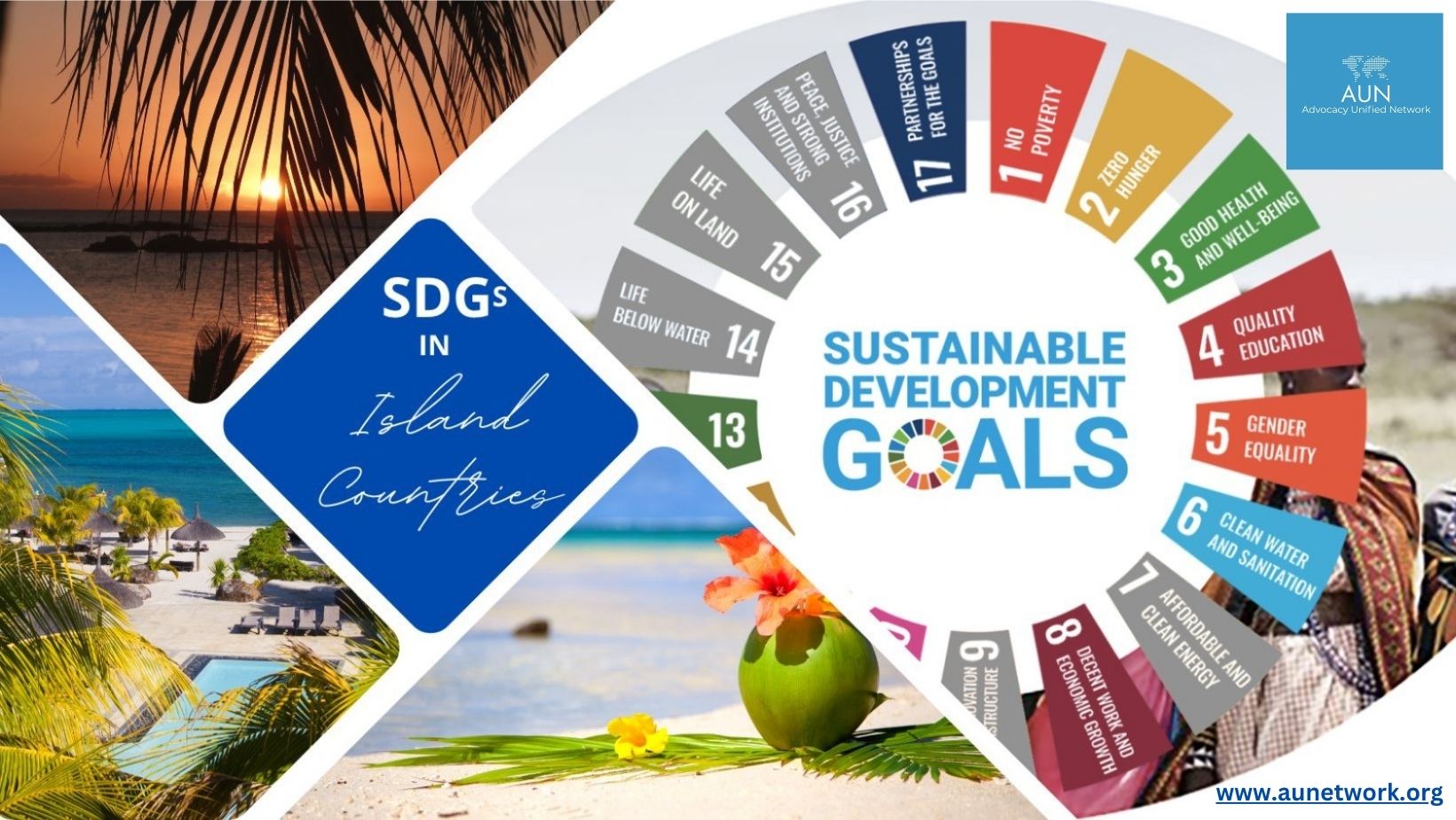Courtesy: AUN News
A brief history of the development of Nepal: Nepal has had a unique cultural identity since ancient times, and its art and culture have been influenced by many civilizations like Newar, Gurung, Tibeto-Burman, Pahari, and Indo-Aryan. It was the influence of these cultures that helped in the development of Nepal over the centuries. An example is how the Nepali language evolved from Sanskrit (Indo-Aryan) and Khas Kura (Newar). This blend made Nepali an easy language to learn for most people living in Kathmandu valley and hence famous in trade and commerce.
Historical Background
Nepal has a rich and varied history, with art and culture playing a significant role in its development. The country’s unique position at the crossroads of Asia has resulted in a fascinating blend of influences from the East and West. Nepal was an important centre of trade and commerce for centuries, and its art and architecture reflect this cosmopolitan heritage. In recent years, however, Nepal has experienced political turmoil and economic hardship, which have taken their toll on its cultural heritage. Despite these challenges, Nepal’s art and culture continue to play an essential role in its development. As discussed earlier, art and culture are part of Nepal’s identity and help foster creativity, social cohesion, and individual self-expression. They also provide a sense of national pride that can strengthen people’s resolve during conflict or uncertainty.
Moreover, art and culture contribute to the economy by attracting tourism revenue; for example, Nepalese performing arts are renowned worldwide as some of the best in South Asia. With international support for reconstruction efforts following the earthquakes in 2015, as well as regular promotion through festivals such as Kathmandu International Mountain Film Festival (KIMFF), there is hope that Nepalese arts will not only survive but thrive once again. These events are one-way governments, NGOs, and other organizations work together to promote Nepal’s global cultural profile. Supporting Nepalese art and culture also helps achieve the Sustainable Development Goals by contributing to achieving Goal 10—reducing inequality within and among countries—as well as Goals 1, 3, 4, and 5—providing universal access to quality education; promoting sustainable agriculture practices; reducing child mortality rates globally; improving maternal health respectively. Nepalese art and culture play a significant role in the country’s international relations.
When Nepal underwent a regime change in 1990, it declared itself an open society dedicated to encouraging more substantial contact with the outside world, including increased communication between India, China, Europe, Russia, and America. Nepalese art and culture reflect this openness by reflecting influences from both Eastern and Western cultures. Even though international relations with Nepal have been complex over the past few decades, there is still much potential for international collaborations around its art and culture. For instance, in 2009, an exhibition entitled Nepal: A Unique Legacy took place at the Metropolitan Museum of Art in New York City to commemorate 200 years since Captain George Kinloch wrote about his travels through Nepal in 1816. Though less than five percent of Nepal’s population has Internet access, this project created a virtual exhibition space where visitors could view images and video clips detailing different aspects of Nepalese art and culture.
Socio-Cultural Heritage
Nepal has a rich socio-cultural heritage that has been passed down through generations. This heritage includes traditional arts and crafts, music and dance, food and drink, language, and literature. Nepal’s art and culture have contributed to the country’s development in many ways. They have helped to create a unique identity for Nepal and have played a role in promoting tourism. The art and culture of Nepal can also contribute to achieving the Sustainable Development Goals. They can help to raise awareness of important issues such as poverty, hunger, and climate change.
The art and culture of Nepal can also influence its geopolitics & international relations. Nepal’s geographical location at the crossroads of two major trade routes makes it an attractive destination for international visitors and investors. As more foreigners visit Nepal, they are introduced to Nepali culture, which promotes a sense of national pride. Foreigners may also want to learn about Nepal’s art and culture before or after their trip. There is growing interest among international students studying abroad to enroll in courses related to Nepal’s art and culture or travel back to their home countries with a deeper understanding of how this beautiful nation operates.
In recent years, there has been greater emphasis on establishing formal diplomatic relationships with other countries worldwide. Foreign embassies play an integral role in strengthening these ties by representing their respective governments in Nepal. Embassy officials participate in programs introducing them to Nepali history, cultural events, and traditions. Their exposure to different aspects of Nepali society helps them to develop strong connections between their homeland and Nepal. Through participation in these activities, diplomats learn about what is happening within their country. These skills will be helpful when communicating with their peers in international organizations like the United Nations or World Trade Organization (WTO). Embassies provide services for those visiting from overseas and information for those interested in learning more about Nepal from outside sources.
Many institutions rely on embassy staff members to maintain their social media accounts and provide updates on current affairs and what life is like. Even though international visits to Nepal have grown over the past few decades, many people still don’t know much about its art and culture. Social media provides a platform for people worldwide to connect with Nepalis and experience their way of life. Instagrammers document various aspects of daily life in Nepal and share glimpses into Nepali culture. Instagrammers use hashtags to categorize posts so others can find new content quickly. Posts tagged #NepalPics #NepalTravelGuide #MustSeeNepal attract tourists looking for ideas on what to do while in Nepal! Influencers give followers unique perspectives on their lives in Nepal and help them feel connected with distant land.
Economy, Employment, and Tourism
Nepal’s art and culture have had a significant impact on the development of the country. The rich history and diversity of Nepal’s culture have attracted tourists from all over the world, which has contributed to the country’s economy. However, with the rise in tensions between India and China over their border dispute, there were concerns that this could hurt tourism in Nepal. The geopolitics of Nepal is also influenced by its international relations and contributes to climate change and sustainable development goals. Nepal’s involvement in international organizations such as the United Nations and World Trade Organization has helped establish ties with other countries. At the same time, other countries have also attempted to influence Nepalese affairs through economic aid and military intervention.
Tourism not only provides financial benefits but can also contribute to achieving goals set out under SDGs. International Relations in Nepal are defined as interactions between nations, whereas foreign policy refers to how a country interacts with other nations. The government aims to ensure that international policies mutually benefit the state and partner nation. It may involve diplomacy, trade agreements, foreign direct investment, or military alliances, which will be more effective if international relations are always maintained. These international relations were used to overthrow the rule of King Gyanendra in 2006 and re-establish democracy.
As mentioned, one-way international relations affect Nepal through trade agreements. For example, following the blockade of ports in Bangladesh which affected imports of petroleum products into Nepal, officials decided to restrict Indian imports. In retaliation, India issued a blockade against Nepali exports into its territory leading to an agreement where India agreed to import oil products from Bangladesh into Nepal once again so long as exports were resumed into Indian territory as well.
Another way art and culture impact geopolitics is through influencing international relations regarding borders and sovereignty claims like those made by China over Doklam Plateau near Sikkim, which was resolved after diplomatic talks. It can also lead to external intervention when internal violence disrupts peace and stability in a region like the insurgencies within Afghanistan, which showed US troops enter Iraq and Afghanistan. Art and culture influence geopolitics from international organizations, tourism (directly contributing to GDP), international relations, cultural cooperation, and exchanges between states affect Nepal’s relationships with other countries. Nepal needs to create a better strategy for sustaining these resources and utilizing them strategically to take advantage of the economic opportunities presented by tourism, international relations, and culture.
Foreign Relations
Nepal’s foreign relations are based on the principles of peace, non-alignment, respect for international law, and the United Nations Charter. The main objectives of Nepal’s foreign policy are to safeguard its independence, territorial integrity, and sovereignty, promote the national interest, and build friendly relations with other countries.
Nepal pursues a policy of peaceful co-existence and mutual benefit in its relations with other countries. It also believes that art and culture can play an essential role in international relations by fostering understanding and cooperation among people.
Nepal has been actively promoting its culture abroad through cultural exchanges, festivals, and other events. For example, Nepal’s capital city Kathmandu celebrates Dussera or Dashain (the 10th day), one of Nepal’s most popular Hindu festivals. Nepalese people who have migrated to other countries observe this festival as well. In addition, almost all Nepalese families participate in various celebrations like Holi (a colorful Indian festival), Deepawali (a festival of lights), Tihar (another Hindu festival), Lohri (a harvest festival celebrated by some communities), Hola Mohalla (an ancient Sikh celebration), and many more regional ethnic/cultural celebrations where they exchange gifts and sweets. These celebrations symbolize joyous life, family unity, and hope for a better future. Participation in these occasions not only enriches Nepalese people but also helps them maintain their identity. The involvement of international participants encourages integration and provides an opportunity to learn about different cultures and traditions.
Nepal also participates in international events such as World Expo 2020, Dubai Expo 2020, Milan Expo 2015, Chengdu Panda Festival 2012, Shanghai Tourism Festival 2012, etc., to showcase their rich heritage. Likewise, Nepal hosted the 18th SAARC Summit at Pokhara from November 26–27, 2014, and the 19th SAARC Summit at Kathmandu from November 27–28, 2019. Nepal had never before hosted international summits at the level of heads of state and government. Thus, it was a significant step forward for diplomacy. The then Nepali Prime Minister K P Sharma Oli said we would like to highlight our rich traditional culture to introduce it to others.
Nepal continues to support efforts made by UNESCO, which aims to establish International Cultural Routes. International Cultural Routes refer to groups of sites in different regions worldwide, selected because they bear testimony over time to an artistic tradition, either simultaneously or consecutively. Sites may be located within a given country and cross borders into neighbouring countries, bringing together diverse artistic traditions across geographical space.
Conclusion
Nepal’s art and culture have profoundly impacted the country’s economic and political development. The art and culture of Nepal are unique and diverse, with influences from India and Tibet. The Nepalese people are very proud of their culture and heritage, which has helped contribute to Nepal’s economic development. While the exact contribution of art and culture to the GDP is difficult to quantify, it is clear that the sector provides employment for many people and generates income for the government through tourism.
In addition, art and culture can also be used as a tool to achieve foreign policy objectives. For example, by promoting Nepali culture abroad, Nepal can improve its international relations and increase its soft power. For Nepal, having an image associated with a positive cultural identity is essential in foreign relations because it helps to differentiate itself from other countries in the region. When Nepal invites international visitors to participate in cultural events or festivals, they will bring back new ideas about Nepali society and politics that may not have been shared before. Foreigners who attend these events will see different aspects of Nepali life than those who visit only for trekking or adventure purposes. As more foreigners become familiar with the country’s art and culture, they may develop more appreciation for how complex and exciting Nepal truly is.
Furthermore, increased interest in Nepal from tourists could lead to increased investment from international partners. Tourism companies would be more likely to invest if they were assured of a return on their investment due to all the money spent by tourists who come for the experience of visiting places such as Pokhara, Kathmandu Valley, Annapurna Range, or Mount Everest Base Camp. Moreover, international investors would feel safer investing in the Nepalese economy if there was less political instability and corruption within Nepal’s government.
Author: Arindam Bhattacharya
Chairman, Advocacy Unified Network





